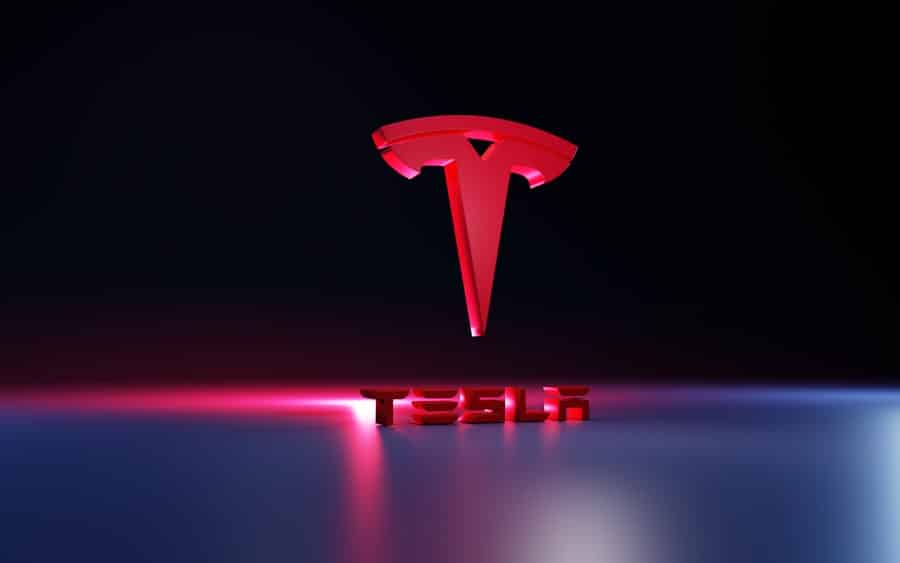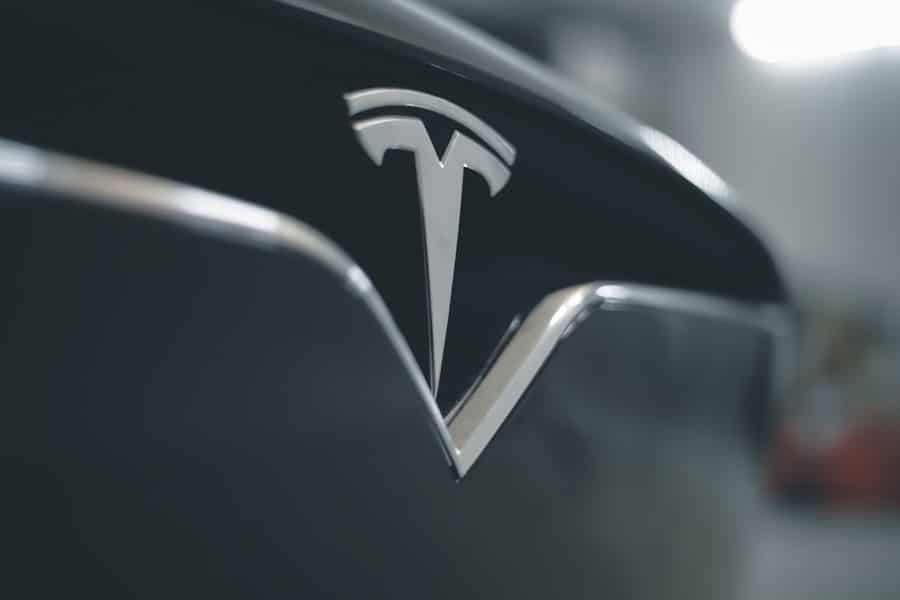Tesla’s foray into the realm of autonomous vehicles has garnered significant attention, particularly with its ambitious plans for a Robotaxi service. This initiative is not merely an extension of Tesla’s existing electric vehicle offerings; it represents a paradigm shift in how we perceive transportation. The concept of a Robotaxi hinges on the integration of advanced artificial intelligence, machine learning, and cutting-edge automotive technology, all aimed at creating a fleet of self-driving cars that can operate without human intervention.
As urbanization continues to rise and the demand for efficient, sustainable transportation solutions grows, Tesla’s Robotaxi could potentially redefine mobility in cities around the globe. The allure of the Robotaxi service lies in its promise of convenience, cost-effectiveness, and environmental sustainability. By leveraging its existing fleet of electric vehicles, Tesla aims to create a network of autonomous taxis that can be summoned via a smartphone app, much like current ride-hailing services.
However, unlike traditional taxis or rideshare options, Tesla’s Robotaxi would operate without a driver, significantly reducing operational costs and allowing for more competitive pricing. This innovative approach not only addresses the challenges of urban congestion but also aligns with broader goals of reducing carbon emissions and promoting greener transportation alternatives.
Key Takeaways
- Tesla’s Robotaxi aims to revolutionize the transportation industry by introducing autonomous taxi services.
- Tesla plans to deploy a fleet of self-driving vehicles for its Robotaxi service, allowing owners to add their cars to the network and earn money while they’re not using them.
- The technology and features of Tesla’s Robotaxi include advanced sensors, cameras, and artificial intelligence for navigation and safety.
- Safety and regulations concerning Tesla’s Robotaxi are a major concern, as the technology is still being developed and regulations for autonomous vehicles are not yet fully established.
- The potential impact of Tesla’s Robotaxi on the transportation industry could lead to reduced traffic congestion, lower transportation costs, and increased accessibility to transportation for all.
Tesla’s Plans for the Robotaxi Service
Tesla’s vision for the Robotaxi service is intricately linked to its broader mission of accelerating the world’s transition to sustainable energy. The company has outlined a multi-phase rollout plan that includes extensive testing, regulatory compliance, and eventual deployment in select markets. Initially, Tesla plans to utilize its existing fleet of vehicles equipped with Full Self-Driving (FSD) capabilities.
These vehicles will undergo rigorous testing to ensure they can navigate complex urban environments safely and efficiently. The company has indicated that it aims to have a fully operational Robotaxi service by the mid-2020s, contingent upon successful advancements in technology and regulatory approvals. In addition to the technological aspects, Tesla is also focusing on creating an ecosystem that supports the Robotaxi service.
This includes developing a robust software platform that allows users to easily summon a Robotaxi, track their rides in real-time, and manage payments seamlessly. Furthermore, Tesla envisions a future where vehicle owners can opt into the Robotaxi network, allowing their personal vehicles to generate income when not in use. This innovative model not only enhances the utility of individual vehicles but also contributes to a more efficient transportation network by maximizing vehicle utilization.
Technology and Features of Tesla’s Robotaxi

At the heart of Tesla’s Robotaxi service is its advanced Full Self-Driving technology, which utilizes a combination of sensors, cameras, and artificial intelligence algorithms to navigate roads autonomously. The vehicles are equipped with an array of hardware components, including ultrasonic sensors, radar systems, and high-definition cameras that provide a 360-degree view of the environment. This comprehensive sensor suite enables the vehicle to detect obstacles, interpret traffic signals, and make real-time decisions based on dynamic road conditions.
Tesla’s proprietary software plays a crucial role in processing the data collected by these sensors. The neural networks employed by Tesla are trained on vast amounts of driving data collected from its fleet, allowing the system to learn from real-world scenarios and improve over time. This continuous learning process is essential for enhancing the safety and reliability of the Robotaxi service.
Additionally, Tesla has emphasized its commitment to over-the-air updates, which will enable the company to roll out improvements and new features without requiring physical modifications to the vehicles.
Safety and Regulations Concerning Tesla’s Robotaxi
Safety is paramount in the development and deployment of autonomous vehicles, and Tesla is acutely aware of the challenges it faces in this regard. The company has implemented rigorous safety protocols during testing phases, including simulations and real-world driving scenarios designed to identify potential hazards. Furthermore, Tesla’s vehicles are equipped with multiple redundancies in critical systems to ensure that they can safely handle unexpected situations.
For instance, if one sensor fails, others can compensate to maintain safe operation. Regulatory compliance presents another significant hurdle for Tesla’s Robotaxi service. Different regions have varying laws governing autonomous vehicles, and navigating this complex landscape requires extensive collaboration with local authorities.
Tesla has been proactive in engaging with regulators to establish guidelines that ensure safety while fostering innovation. The company is also working on obtaining necessary permits for testing its Robotaxi fleet in various jurisdictions. As regulations evolve to accommodate advancements in technology, Tesla aims to position itself as a leader in compliance while advocating for policies that support the growth of autonomous transportation.
Potential Impact of Tesla’s Robotaxi on the Transportation Industry
The introduction of Tesla’s Robotaxi service could have far-reaching implications for the transportation industry as a whole. One of the most significant impacts would be on urban mobility patterns. With the availability of affordable and efficient autonomous taxis, individuals may opt for ride-hailing services over car ownership, leading to a decrease in personal vehicle usage.
This shift could alleviate traffic congestion in densely populated areas and reduce the need for extensive parking infrastructure. Moreover, the environmental benefits associated with a widespread adoption of electric Robotaxis cannot be overlooked. As cities grapple with air quality issues and climate change challenges, transitioning to electric autonomous vehicles could significantly reduce greenhouse gas emissions from transportation.
Additionally, by optimizing routes and minimizing idle time through advanced algorithms, Tesla’s Robotaxi service could further enhance energy efficiency within urban transport systems.
Market Reception and Competition for Tesla’s Robotaxi

As Tesla prepares to launch its Robotaxi service, market reception will play a crucial role in determining its success. Early indications suggest that there is considerable interest among consumers who are eager for innovative transportation solutions that offer convenience and sustainability. However, public perception will largely depend on how well Tesla addresses safety concerns and demonstrates the reliability of its autonomous technology.
Traditional rideshare giants like Uber and Lyft are investing heavily in their own autonomous vehicle initiatives, while established automotive manufacturers are exploring partnerships with tech firms to develop self-driving capabilities. Additionally, startups focused solely on autonomous mobility are emerging as formidable challengers.
To maintain its competitive edge, Tesla must not only deliver on its promises but also continuously innovate and adapt to changing market dynamics.
Challenges and Obstacles Facing Tesla’s Robotaxi
Despite its ambitious plans, Tesla faces numerous challenges as it seeks to launch its Robotaxi service. One significant obstacle is the technological complexity involved in achieving full autonomy. While Tesla has made substantial progress with its FSD capabilities, achieving Level 5 autonomy—where a vehicle can operate without any human intervention under all conditions—remains an elusive goal.
The unpredictability of real-world driving scenarios poses ongoing challenges that require continuous refinement of algorithms and sensor technologies. Additionally, public skepticism regarding autonomous vehicles presents another hurdle for Tesla. High-profile accidents involving self-driving cars have raised concerns about safety and reliability among consumers and regulators alike.
Overcoming this skepticism will require transparent communication about safety measures and demonstrable evidence of successful operation in diverse environments. Building trust with potential users will be essential for widespread adoption of the Robotaxi service.
Future Outlook for Tesla’s Robotaxi Service
Looking ahead, the future outlook for Tesla’s Robotaxi service appears promising yet fraught with challenges that must be navigated carefully. As technology continues to advance and regulatory frameworks evolve, there is potential for significant growth in the autonomous transportation sector. If successful, Tesla’s Robotaxi could not only transform urban mobility but also set new standards for safety and efficiency in transportation.
Moreover, as consumer attitudes shift towards shared mobility solutions and sustainability becomes an increasingly pressing concern, Tesla’s vision aligns well with emerging trends in transportation preferences. The company’s ability to leverage its existing infrastructure and brand recognition will be critical as it seeks to establish itself as a leader in this burgeoning market. Ultimately, while obstacles remain on the path to realizing its Robotaxi ambitions, Tesla’s commitment to innovation positions it favorably for future success in reshaping how we think about transportation.
If you’re interested in cutting-edge technology like Tesla’s Robotaxi, you may also want to check out this article on the best VPS hosting providers for 2023. Having reliable hosting is crucial for any tech-related project, and this list can help you find the perfect provider. Click here to read more.
FAQs
What is Tesla’s Robotaxi?
Tesla’s Robotaxi is a concept for a fully autonomous ride-sharing service using Tesla vehicles equipped with self-driving technology. The idea is for Tesla owners to be able to add their vehicles to a shared fleet when they are not using them, allowing the vehicles to generate income by providing rides to passengers.
How does Tesla’s Robotaxi work?
Tesla’s Robotaxi would operate using Tesla’s self-driving technology, which is designed to enable the vehicles to navigate and operate without human intervention. The vehicles would be summoned by passengers using a mobile app, and would then transport passengers to their destinations without a human driver.
What is the current status of Tesla’s Robotaxi?
As of [article publication date], Tesla’s Robotaxi service is still in development. Tesla has been testing its self-driving technology and has indicated that it plans to launch a Robotaxi service in the future, but has not provided a specific timeline for when the service will be available to the public.
What are the potential benefits of Tesla’s Robotaxi?
Tesla’s Robotaxi has the potential to provide a convenient and cost-effective transportation option for passengers, while also allowing Tesla owners to generate income from their vehicles when they are not using them. Additionally, the widespread adoption of autonomous vehicles could have positive impacts on traffic congestion, road safety, and environmental sustainability.


